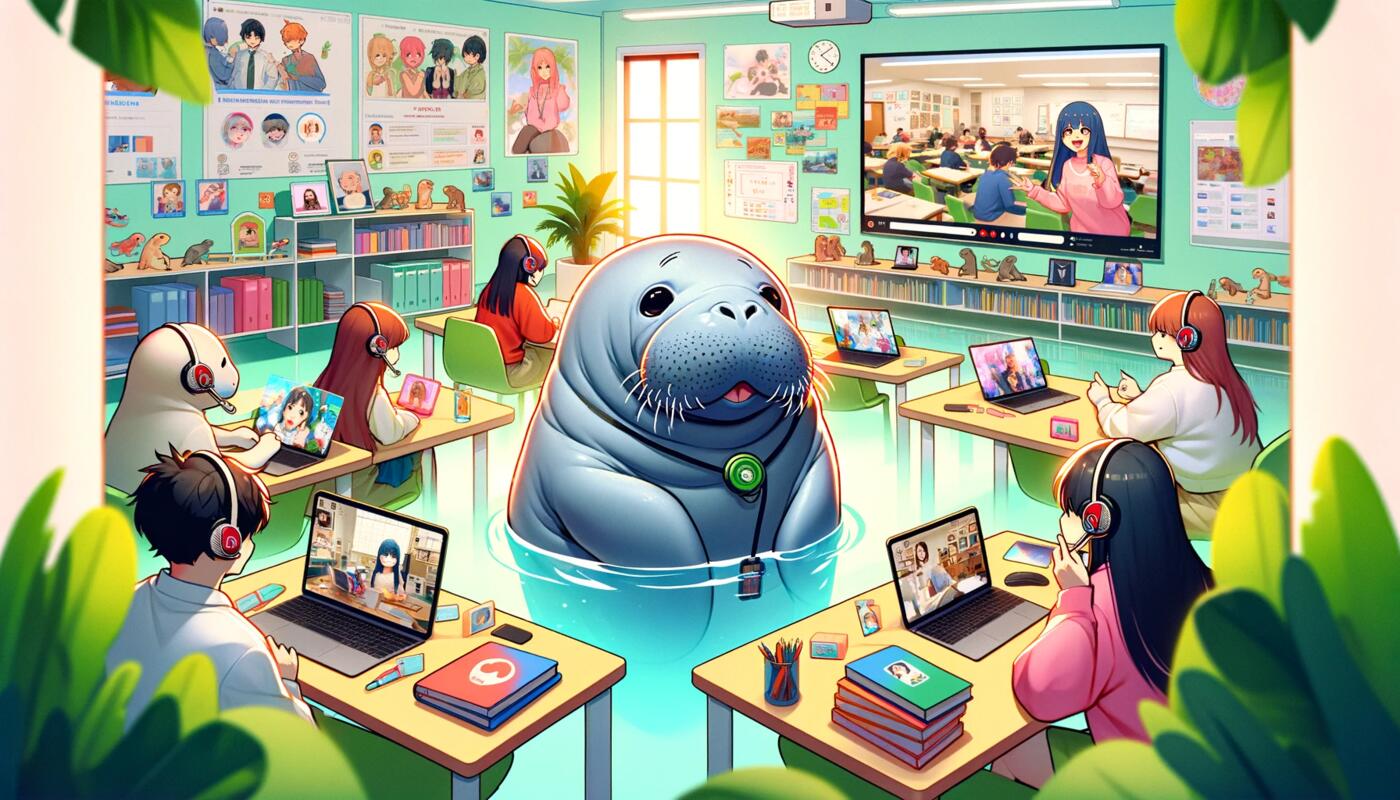

The landscape of education is continuously evolving, and in recent years, video communication has become a pivotal element in this transformation. The integration of video tools into educational settings has opened up new avenues for teaching and learning, making education more accessible and engaging. In this context, understanding how to effectively utilize these tools, as exemplified by platforms like "Camera and Me," is crucial for educators in the digital age.
Video communication in education is more than just a trend; it's a fundamental shift in how information is conveyed and consumed. It caters to various learning styles and makes education more inclusive and flexible.
To maximize the impact of video communication in educational settings, educators need to adopt certain strategies:
Interactive Content Creation: Engage students by creating interactive and visually appealing content. Tools like "Camera and Me" offer features that make this process intuitive and dynamic.
Blended Learning Approaches: Combine video content with traditional teaching methods to provide a comprehensive learning experience.
Feedback and Assessment: Use video tools to provide personalized feedback and assessments, enhancing the learning process.
The choice of video communication tools can significantly impact the effectiveness of digital learning.
"Camera and Me" provides an exemplary case of how a well-designed video tool can enhance educational experiences. Its browser-based nature means easy accessibility for students and teachers alike, without the hassle of installations or compatibility issues. Its array of features, from recording to live editing, allows educators to create dynamic and interactive educational content.
The integration of video communication tools in education is not just enhancing the learning experience; it's reshaping the very fabric of educational delivery. As educators continue to navigate this new landscape, tools like "Camera and Me" offer the capabilities needed to create engaging, effective, and accessible educational content. In embracing these tools, educators can ensure that they are not only keeping up with the digital transformation of education but are also actively contributing to it.